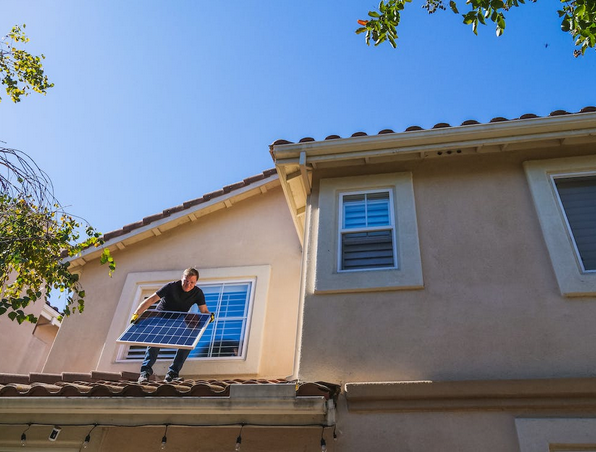As the world becomes increasingly aware of the importance of reducing carbon emissions and transitioning to cleaner energy sources, many homeowners are exploring green energy options for their homes. Choosing the right Green Energy Sources requires careful consideration of various factors to ensure compatibility with your needs, budget, and environmental goals. This article highlights four essential considerations when selecting green energy sources for your home: resource availability, cost-effectiveness, system scalability, and environmental impact.
Resource Availability
One crucial factor to consider when choosing green energy sources for your home is the availability of renewable resources in your area. Different regions have varying access to renewable energy sources such as solar, wind, geothermal, and hydroelectric power. Evaluate the potential for harnessing these resources in your location by assessing factors like average solar radiation, wind speed, geological characteristics, or proximity to water bodies. Understanding the availability of these resources ensures that you select the most suitable renewable energy source for your home, maximizing its efficiency and effectiveness.
Cost-Effectiveness

Another critical consideration when choosing green energy sources is cost-effectiveness. Assessing the initial investment cost, maintenance expenses, and anticipated long-term savings is imperative in making an informed decision. While some green energy technologies may require a significant upfront investment, they often offer long-term benefits in terms of reduced energy bills and potential government incentives. Compare the costs and financial returns of different renewable energy options, considering factors like equipment costs, installation fees, projected energy savings, and the payback period to determine the most cost-effective solution for your home.
System Scalability
Consider the scalability of the green energy system you choose for your home. Assess whether the system can meet your current energy needs and accommodate potential future changes, such as an increase in energy consumption or the addition of electric vehicles. Ensure that the system is flexible enough to be expanded or upgraded if necessary. For example, when installing a solar power system, evaluate the capacity and potential for future expansion by assessing factors like available roof space and electrical capacity. Choosing a scalable green energy system ensures that your investment can adapt to your evolving energy requirements.
Choosing the right green energy sources for your home requires careful consideration of resource availability, cost-effectiveness, system scalability, and environmental impact. By evaluating the potential for harnessing renewable resources in your area, assessing the financial implications of different green energy technologies, considering future scalability needs, and understanding the environmental consequences, you can make an informed decision that aligns with your energy needs and sustainability goals.

